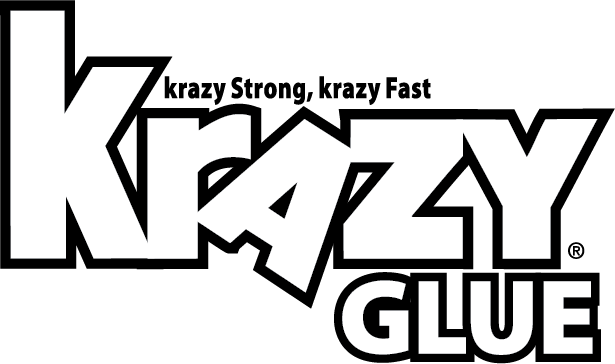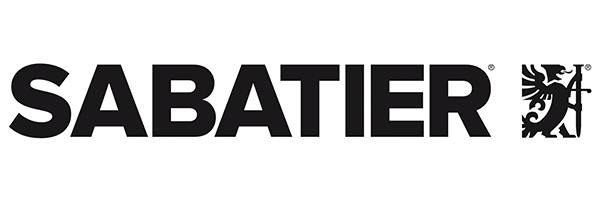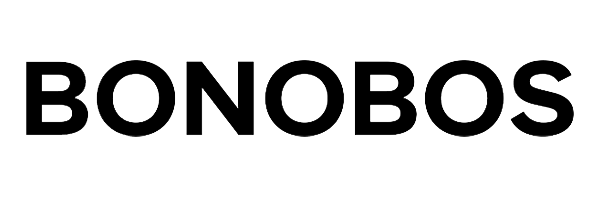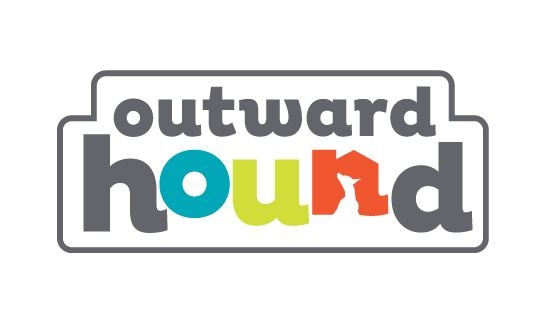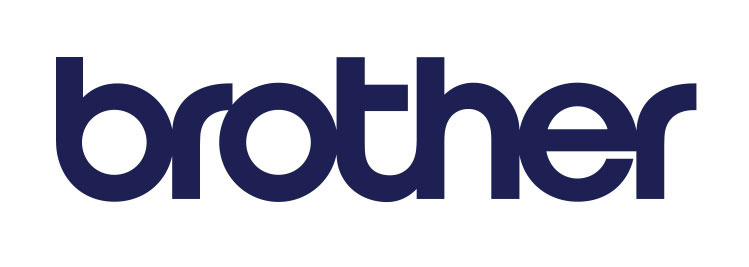If you are only using photos and images on your company website or social media campaign, you could be paying a high opportunity cost that is negatively impacting your business. You only have so much money to spend on your marketing campaigns, website design, and advertising. When you invest in the wrong areas, you are losing potential growth.
Instead of images, you could be adding video content to your site. Each video adds an incredible amount of value to your site through better conversion rates and website traffic. More customers want to see videos, and they will reward brands who meet this demand.
What Is Opportunity Cost?
Economists created the opportunity cost definition, but it applies to everything you do in your day-to-day life. It occurs when you miss out on a potential gain in either your life or business when you choose one alternative over another. Most often, the opportunity cost is when you lose out on a greater benefit by not selecting the best option available.
Every decision you make is an opportunity cost example.
When you stop to buy a smoothie before work, the cost of my smoothie isn’t simply the $6 you pay. The opportunity cost is what you have to forego to get a smoothie. If you would normally get an energy drink and a donut instead, then the opportunity cost is the drink and snack you’re missing out on.

If you decide to go to a movie instead of completing your schoolwork, the opportunity cost of the movie is the assignments and homework you could have finished. Alternatively, the opportunity cost of choosing to finish your coursework is the movie you have to miss out on.
Society has opportunity costs as well. When we decide to invest in the military, we are forgoing investments in education, health care, and other sectors. If we decide to invest heavily in education, the opportunity cost may be fewer jets and drones for our military.
Everything in life involves an opportunity cost, which is made up of implicit and explicit costs. An explicit cost is generally the clear dollar value of the choice. For example, going to a movie has an explicit cost of $10.
Implicit costs are basically non-direct costs, so they aren’t direct payments like the cost of a movie ticket. Instead, these costs generally involve resources you already have like the time you spent watching a movie instead of doing your taxes. While this time isn’t an upfront cost, it is a limited resource you must use up when you make a certain choice.
An opportunity cost example in marketing is the tradeoff you make between using photos and videos on your site or social media. You only have so much space on your site to include photos, videos, and written content. Videos are more dynamic and engaging than photos, so you could be missing out on a form of content with a much higher conversion rate if you are primarily using photos.
Opportunity Cost of Photo vs Video on Websites
Whether you want to sell a product or add subscribers to your newsletter, it’s important to find ways to boost your conversion rate. Traffic is only useful if it helps you achieve your goals.
When you add videos to your landing pages, it helps you convert viewers into customers. In studies, having videos on landing pages boosted conversion rates by 86%. Watching a video is easier and more engaging than reading text, so it is unsurprising clients would prefer them.
You need all of the help you can get to increase your landing page’s conversion rate. On average, a landing page from any industry has a conversion rate of only 2.35%. If you convert one or two more customers out of a hundred, you have nearly doubled your conversion rate.
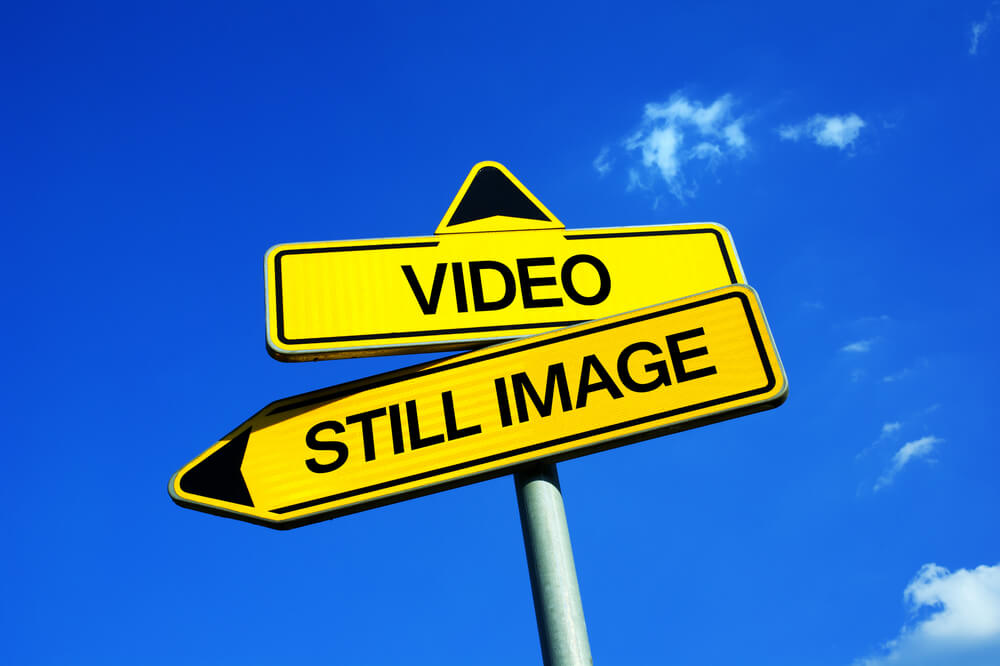
People are 80% more likely to read your content if there are colorful visuals present. Plus, marketers who use videos in their campaigns achieve 34% higher conversion rates.
Along with boosting conversion rates, you also need to use video marketing because your competitors are already using it. Around 60% of B2C and B2B marketers are already using videos to market their products.
Videos can make pages across your website even more successful because of the positive impact they have on your search engine optimization (SEO).
An estimated 52.8% of consumers are willing to give up video if it means a page will load faster on their phones. Unfortunately, only half of landing pages were optimized for mobile devices in 2019. This is a problem because mobile devices accounted for 51.5% of all web traffic in the second quarter of 2020.
Videos can boost your conversion rate, but they have to be created and shared correctly. You need to ensure your site is optimized for mobile users, and you have to have a fast load time to keep them engaged. In addition, you need to add a call to action on your landing page if you want to keep your viewers focused on the end goal.
Opportunity Cost of Photo vs Video on Social Media
Videos allow you to make a more effective social media campaign. If you have only been using images, text, and photos, you could be missing out. To see how drastic this difference is, you can try out different campaigns using A/B testing.
In total, 60% of marketers are doing less than five A/B tests per month. Testing out multiple options allows you to see which techniques are working the best. If you want to improve your conversions, you have to test regularly.
Whether you are trying to create a viral video or you simply want to promote your product to a small target audience, you’ll need to determine what type of content is most effective.
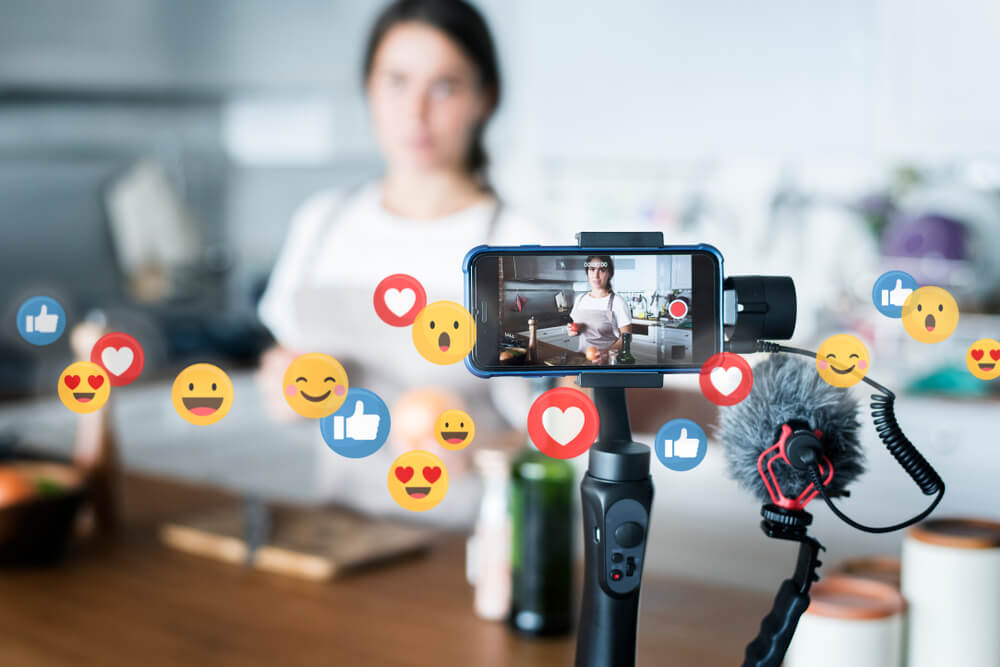
You don’t have to adopt videos on blind faith. Instead, you should run split testing to determine which campaigns work the best. By doing this, you can help your company make the right decision for its social media marketing campaign.
For social media users, video is often the preferred method of absorbing information. A short video is easy to absorb, and long videos help viewers learn more. When you use videos, you can increase brand awareness and boost the number of shares you receive.
When a social media post includes videos, it gets an average of 48% more views. Social media networks know the power of video, which is why Facebook has prioritized video in recent years through options like Facebook Stories.
Along with that, there are now over 2 billion people currently using YouTube, which means one out of three people who use the internet are checking out YouTube videos at least once per month. Meanwhile, 75 million people use Facebook’s video platform on a daily basis. And more than 1 billion video views occur each day on TikTok.
On social media, videos get shared 1,200% more than text and images combined. The average video gets 300% more traffic. After watching a Facebook video, 62% of people were more interested in a product.
Don’t Miss Out on the Opportunities Created with Video Content
A typical website is 53 times more likely to get on the front page of Google’s search results if they include video. This is unsurprising because 85% of consumers want brands to give them more video content.
If you are still using only images and written content instead of video, you could be paying a steep opportunity cost.
By investing in video ads on social media and your landing page, you can increase your conversion rate, boost website traffic, enhance audience engagement, and spread brand awareness. You can even test out your new videos versus your old images by using A/B testing. Through video marketing, you can maximize your marketing budget and generate new leads for your business.
Need help creating dynamic video content for your business website or social media channels? Let the team at Top Notch Cinema handle it! Get in touch with us today at (332) 255-2456!



